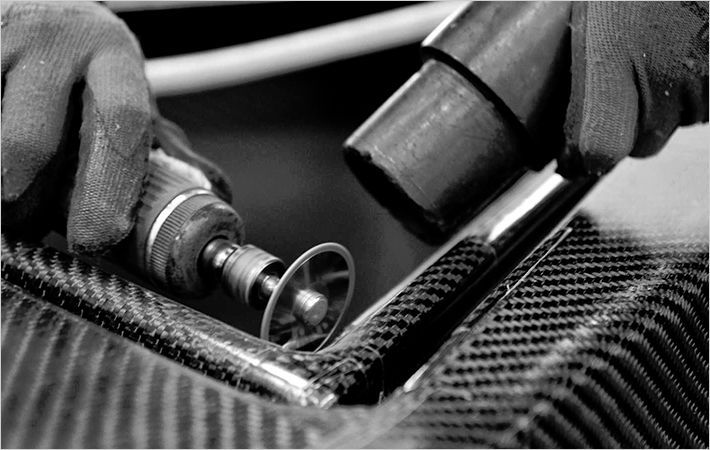Scheduled to start arriving in December, the new coveralls will initially be provided to the crews of ships scheduled to deploy in early 2014.
"We made the decision to supply flame-resistant coveralls to all Sailors assigned to ships as an added safety precaution," said Adm. Bill Gortney, commander, USFF. "The information provided in the manner wear message will ensure everyone understands what is expected in the wearing of this new organizational clothing."
According to the message the FRV will be distributed to several fleet units before the end of the year. Early shipments will focus on next deployers and forward deployed naval forces. The type commanders will hold a series of show and tell roadshows in November and December in fleet concentration areas to ensure sailors have an opportunity to see and feel the FRV.
The goal is to provide an understanding on the basics of where, when and how to wear the new coverall. Based on production schedules, initial fleet outfitting should complete by October 2014.
Flame resistant organizational clothing had previously been limited to Sailors working in engineering departments, on flight decks and in other high-risk areas, but the Organizational Clothing Working Group recommended every Sailor afloat be outfitted with the additional protection.
Once outfitted, Sailors are directed to wear the FRV while underway. The NWU type I and other polyester and poly blend uniforms are no longer authorized for wear while underway except for special events such as manning the rails, change of command or receptions held at anchor.
Exceptions: (1) Personnel assigned to submarines will continue to wear the poly/cotton utility coverall due to its low lint characteristics. Once a long-term, all-purpose coverall solution that is flame resistant and low lint version is available, it is expected that it will be made available to the submarine force. (2) The FRV will not be worn in place of organizational clothing mandated for specific operational environments such as flight decks or while performing work on electrical systems requiring arc flash protection.
The new coveralls are expected to maintain performance properties, durability and appearance for typical deployments of six to nine months, with an optimal wear life of 18-24 months. Like other organizational clothing, the FRV coveralls will be replaced by each ship over time based on normal wear and tear.

